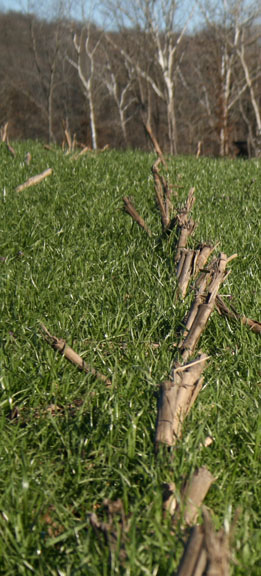COVER CROP
COVER CROP PRODUCTS
 The use of cover crops is a rapidly expanding management technique for many types of farming operations. Acres planted with covers crops have been growing by as much as 30% annually for more than a decade.
The use of cover crops is a rapidly expanding management technique for many types of farming operations. Acres planted with covers crops have been growing by as much as 30% annually for more than a decade.
While approximately 7 million cropland acres are currently planted with cover crops, that represents only about 3% of total crop ground in the U.S. The amount of unplanted acres offers a massive growth opportunity for the seed, and agriculture, industry.
Cover crops come in various forms – grasses (including cereals), brassicas, legumes an other broadleaf species. Various species have been identified as offering specific advantages as a cover crop. The ultimate goal is to increase farm production and profitability. However, the benefits go far beyond crop yields. There as significant environmental benefits, as well.
Cover crops, depending on the species and variety, have shown to reduce erosion, break soil compaction, decrease fertilizer needs, reduce weed growth, increase soil organic content, improve beneficial soil microbial activity, improve soil drainage, increase water-holding capacity, reduce disease pressure, and more.
Lewis Seed has been instrumental in the development of the cover crop “boom” since 2007. The company was part of the first major studies on the benefits of annual ryegrass as a cover crop – a University of Illinois at Carbondale Extension Service project. Lewis Seed continues to test of the species and their potential benefits to cash crops. The adjacent photo is King annual ryegrass, a leading variety for cover crop use.
For more information on available cover crop products – radishes, rape, turnips, clovers, peas, annual ryegrass and more – please contact the staff at Lewis Seed.
To see our new Cover Crop brochure CLICK HERE.
